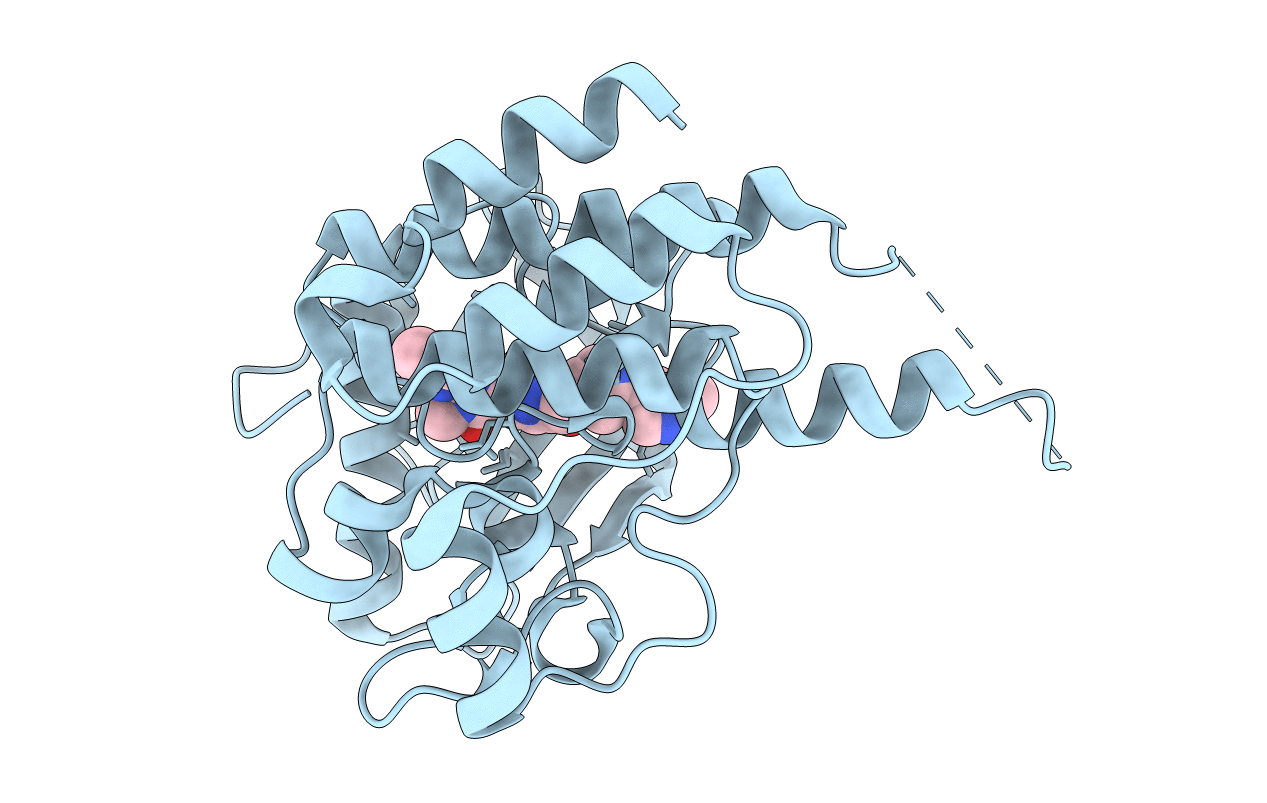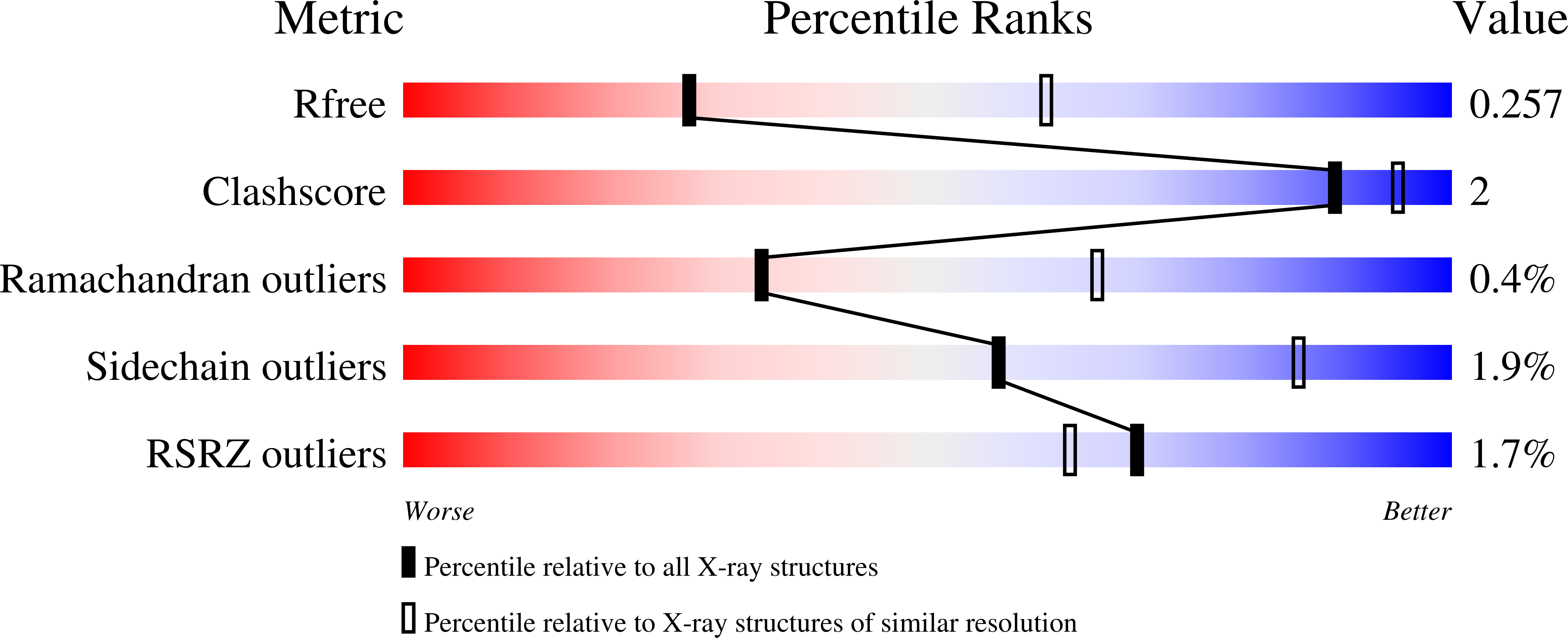
Deposition Date
2021-04-08
Release Date
2021-11-24
Last Version Date
2023-10-18
Entry Detail
PDB ID:
7MFC
Keywords:
Title:
Crystal structure of CSF1R in complex with vimseltinib
Biological Source:
Source Organism:
Homo sapiens (Taxon ID: 9606)
Host Organism:
Method Details:
Experimental Method:
Resolution:
2.80 Å
R-Value Free:
0.25
R-Value Work:
0.22
R-Value Observed:
0.22
Space Group:
P 43 21 2


